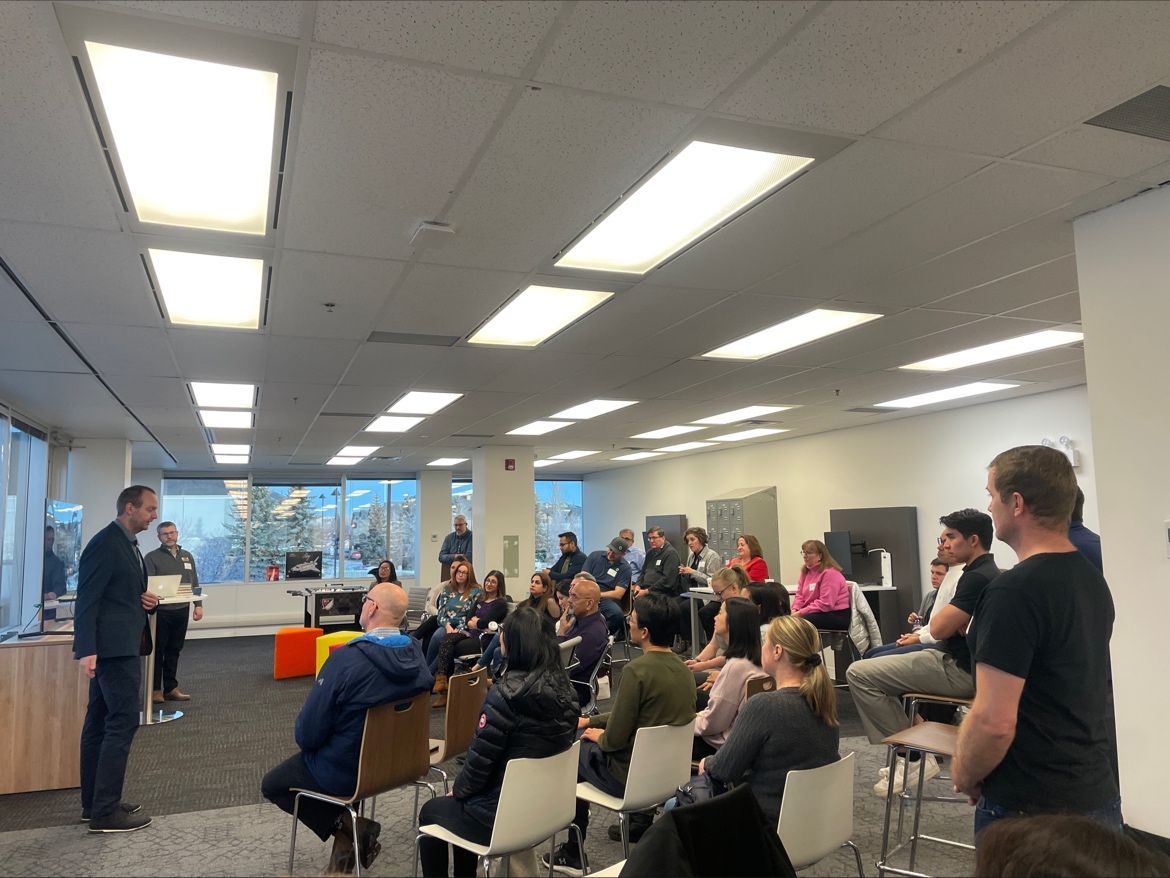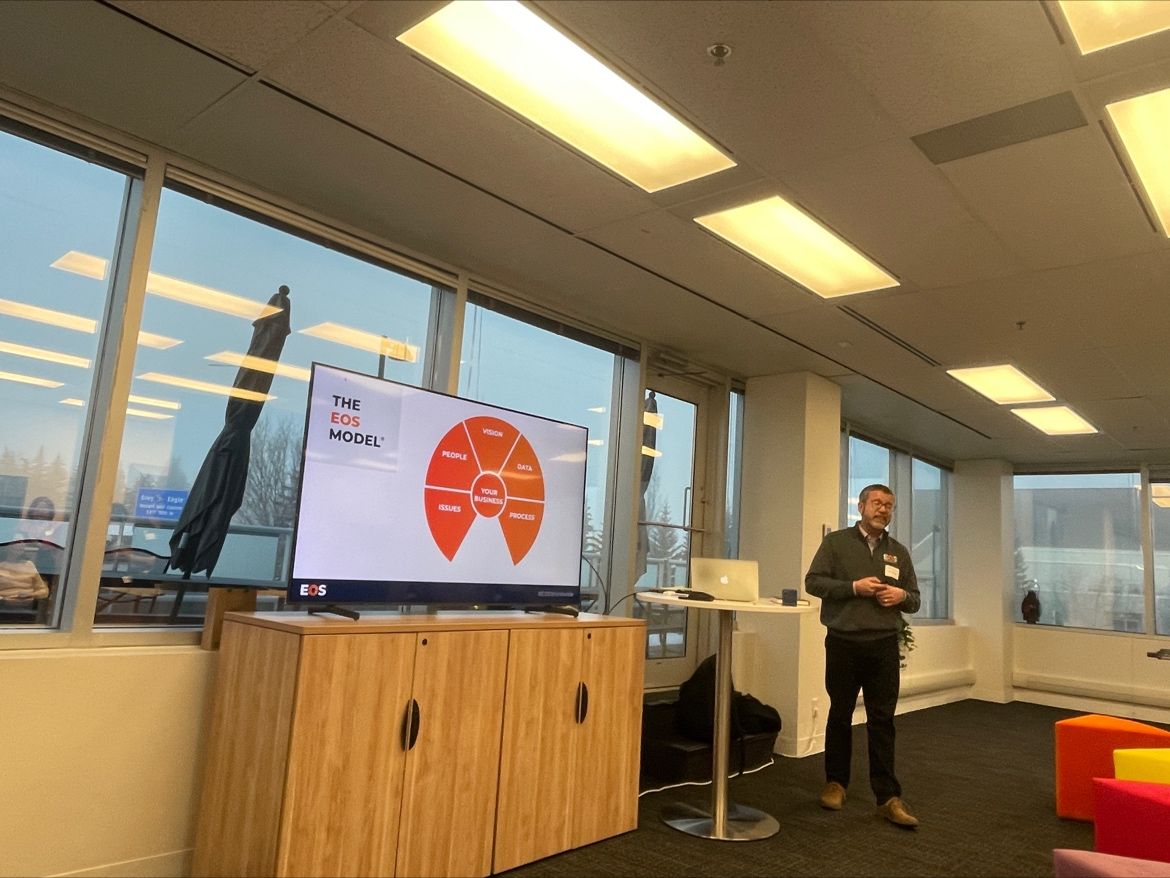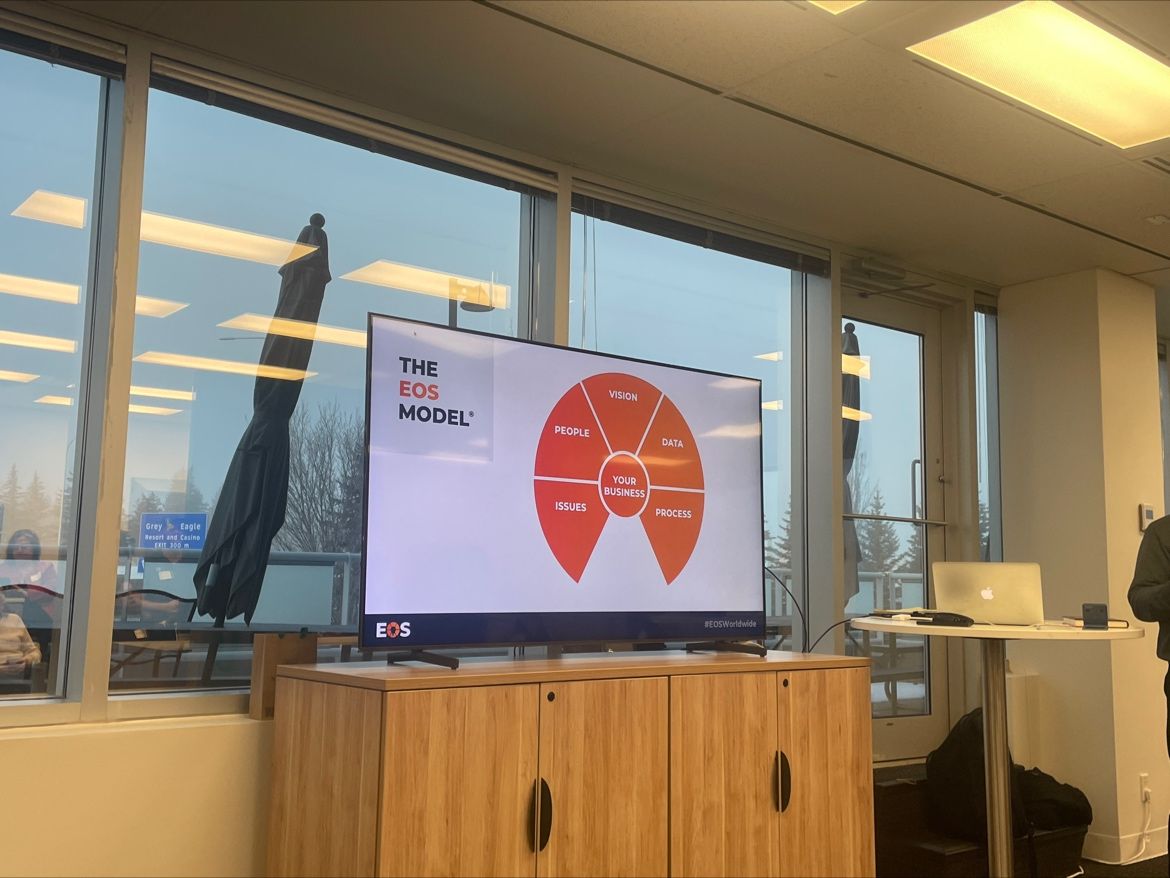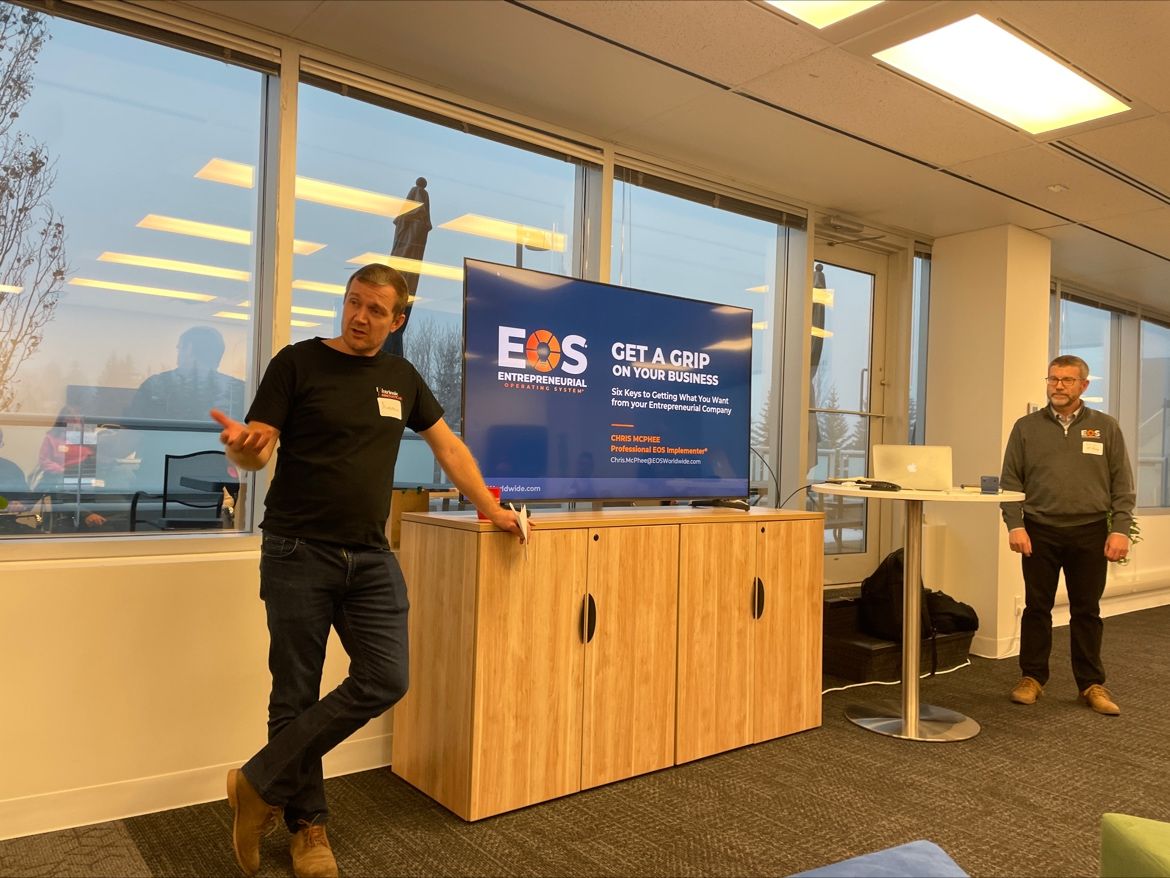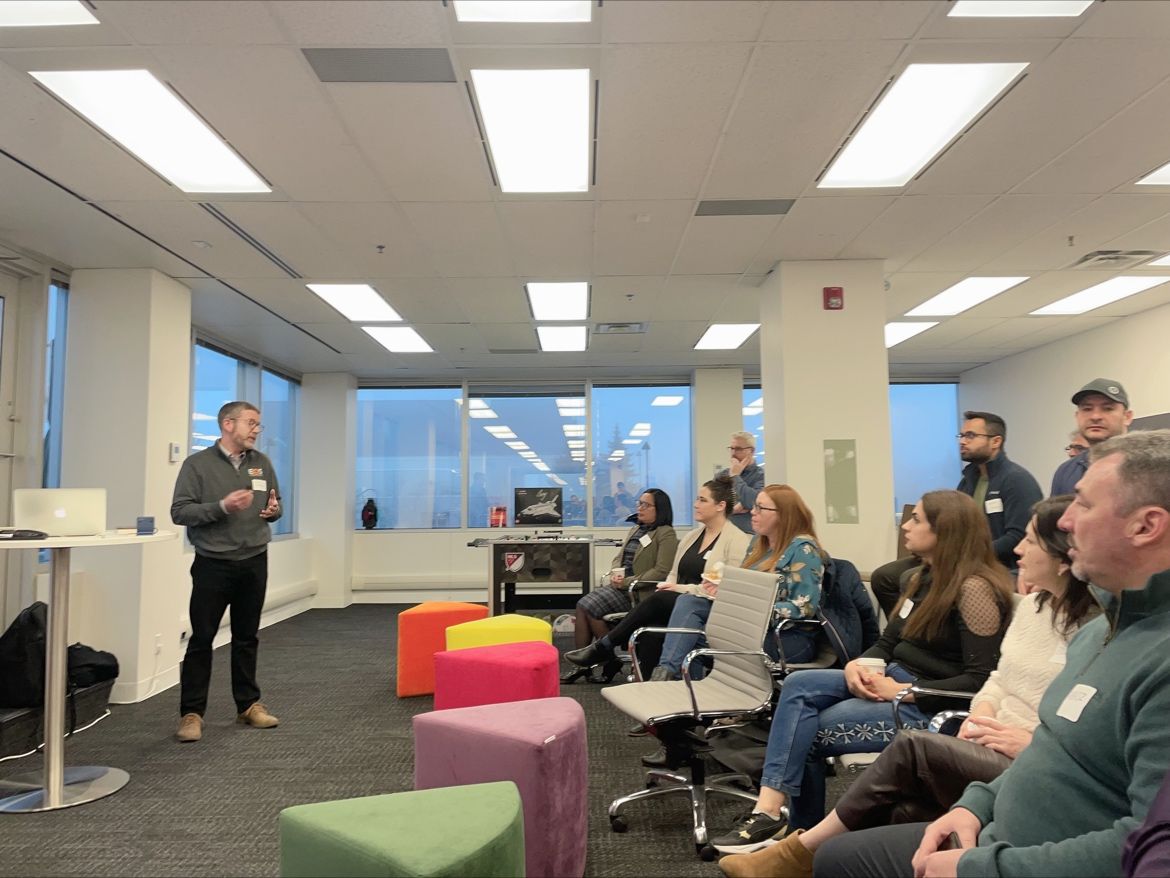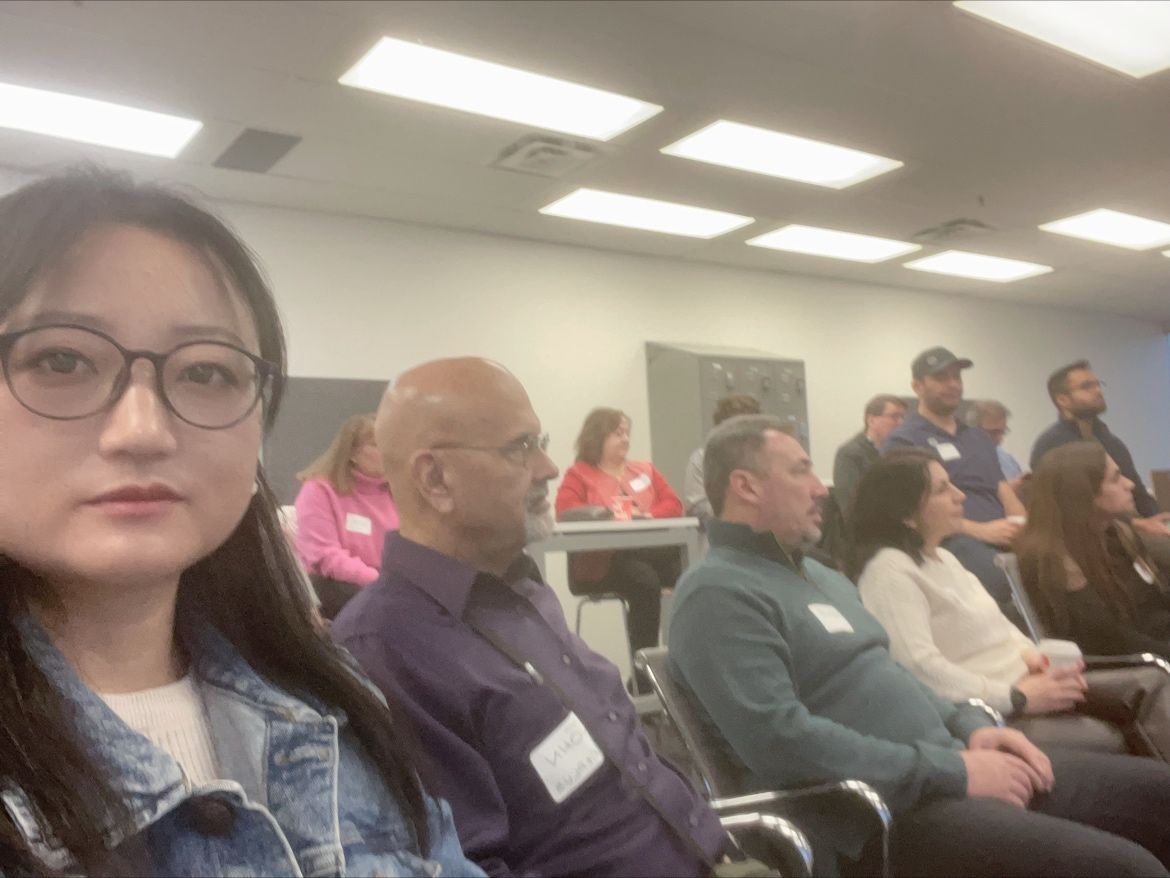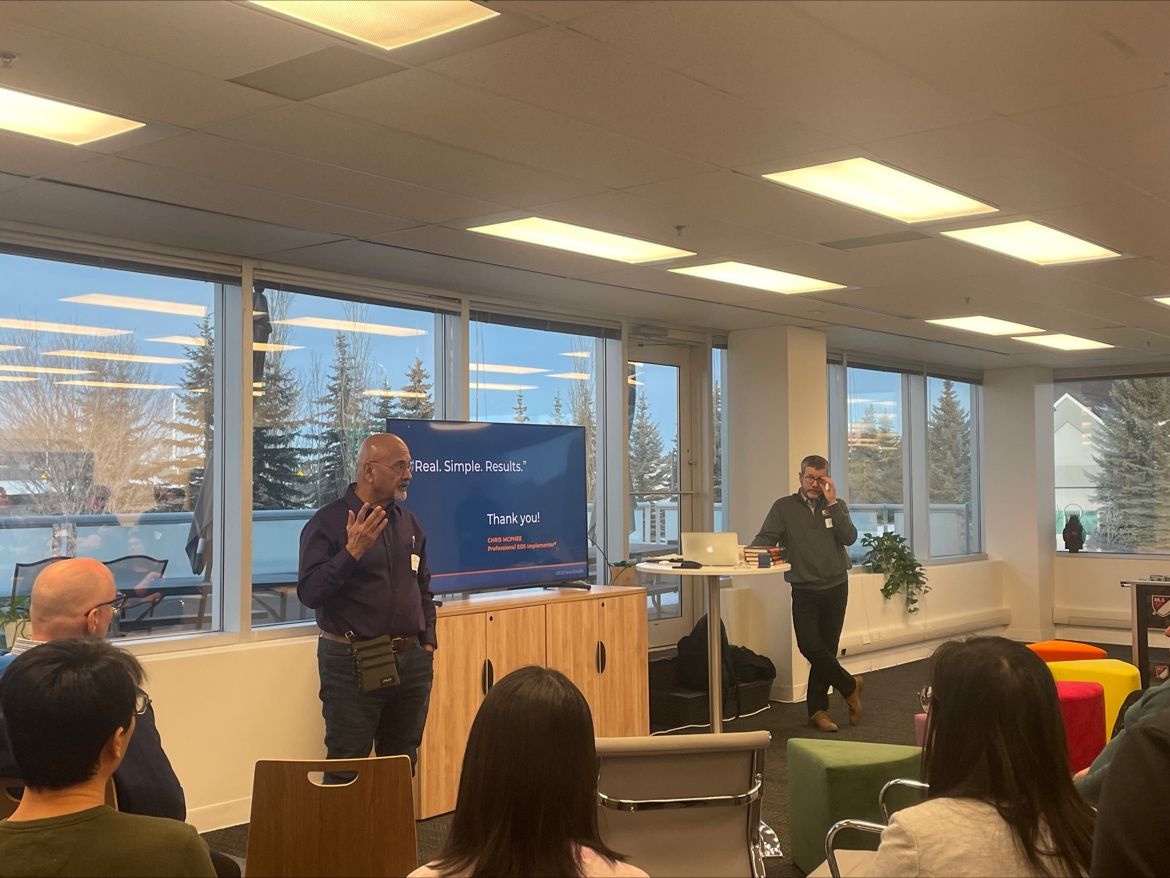I. Definition and Core Objectives
EOS (Entrepreneurial Operating System) is a systematic operational management framework designed for small and medium-sized enterprises (SMEs). It aims to help businesses achieve sustainable growth by simplifying processes, clarifying strategies, and enhancing execution. Its core philosophy modularizes complex management challenges and improves efficiency through tool-based methodologies.
Core Objectives:
- Define corporate vision and strategic pathways;
- Enhance team collaboration and execution capabilities;
- Optimize resource allocation and process management;
- Resolve critical issues through data-driven decision-making.
II. Core Components and Implementation Framework
EOS revolves around six key modules:
Vision
- Unify team direction through the triad of "Vision/Mission/Core Values," ensuring alignment on long-term goals.
- Tool Example: Vision/Traction Organizer™ (V/TO) for 3-5 year strategic planning
9
- .
People
- Right People, Right Seats®: Emphasizes placing suitable individuals in appropriate roles, evaluated via the "GWC Principle" (Get it, Want it, Capacity).
- Case Study: A company reduced employee turnover by 40% after optimizing team structure using EOS tools
9
- .
Data
- Implement Scorecard™ to track core operational metrics (e.g., sales, profit margins, customer satisfaction) for quantifiable business health monitoring.
- Example: A manufacturing firm improved production efficiency by 25% through daily tracking of SQDCI (Safety, Quality, Delivery, Cost, Inventory) metrics
9
- .
Issues
- Adopt the IDS™ (Identify-Discuss-Solve) methodology to systematically address recurring management gaps.
- Process: Weekly Level 10 Meeting® prioritizes and resolves critical issues
9
- .
Process
- Standardize core workflows (e.g., customer service, production) into replicable "systematic operational manuals."
- Qiyin EOS introduces the **"Four Models"**: Layered meetings, regular meetings, on-site management, and diagnostic modes to institutionalize best practices
9
- .
Traction
- Break down strategic goals via Rocks™ (Quarterly Priorities), ensuring focus on short-term deliverables.
- Example: A tech company shortened product launch cycles by 30% through quarterly Rocks
9
- .
III. Implementation Methods and Case Studies
Phased Rollout
- Execute in stages (typically 3-5 years), gradually transitioning from cultural alignment to process implementation.
- Tool Support: EOS Toolbox™ provides standardized templates and training resources
9
- .
Key Tools and Activities
- Level 10 Meeting®: A 90-minute structured session integrating goal reviews, problem-solving, and action plans.
- Gemba (On-site Management): Reinforces execution culture through regular workplace inspections (e.g., 5S methodology)
9
- .
Success Stories
- Media Bridge Advertising: Achieved 60% annual revenue growth and improved team collaboration using EOS.
- Lap of Love Veterinary Hospice: Boosted customer satisfaction to 95% after standardizing service workflows
9
- .
IV. Comparisons with Other Management Systems
vs. Lean Production (TPS/HOS)
- EOS focuses on strategic and organizational management, while TPS/HOS prioritizes production efficiency. Qiyin EOS integrates lean principles with a **"whole-team participation management"** philosophy
9
- .
Synergy with OKR
- EOS's Rocks™ align with OKR goal-setting but emphasize systematic implementation tools
9
- .
V. Challenges and Future Trends
Key Challenges
- Cultural resistance (e.g., employee pushback against standardized processes);
- Cultivating data-driven decision-making habits.
Future Trends
- Digital Integration: Leverage AI tools (e.g., automated Scorecard analytics) to enhance data insights;
- Global Adoption: By 2025, over 275,000 enterprises worldwide have adopted EOS frameworks
9
- .
Conclusion
EOS (Entrepreneurial Operating System) offers a holistic solution from strategy to execution through modular tools and systematic thinking. Its value lies in transforming complex management challenges into actionable steps while driving organizational evolution through iterative improvements. For SMEs pursuing sustainable growth, EOS serves as both a management toolkit and a catalyst for cultural transformation
